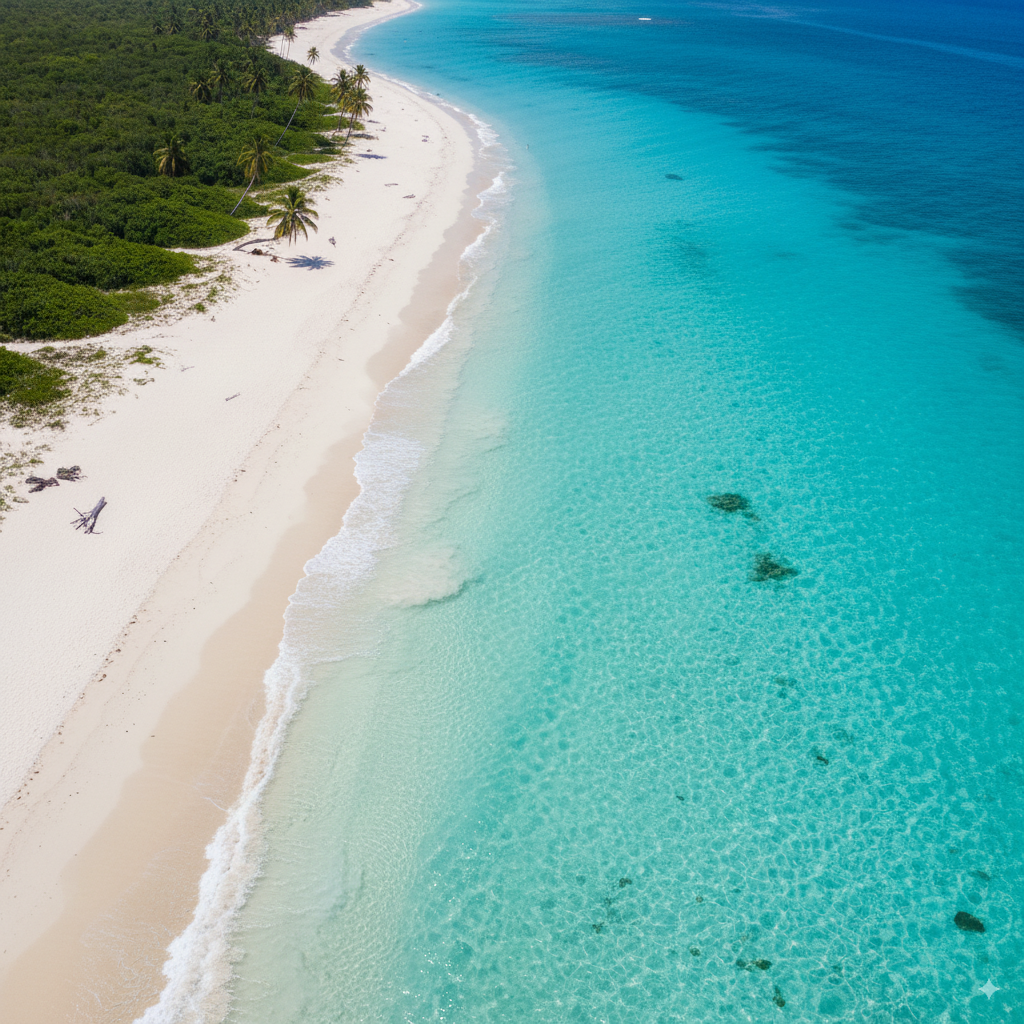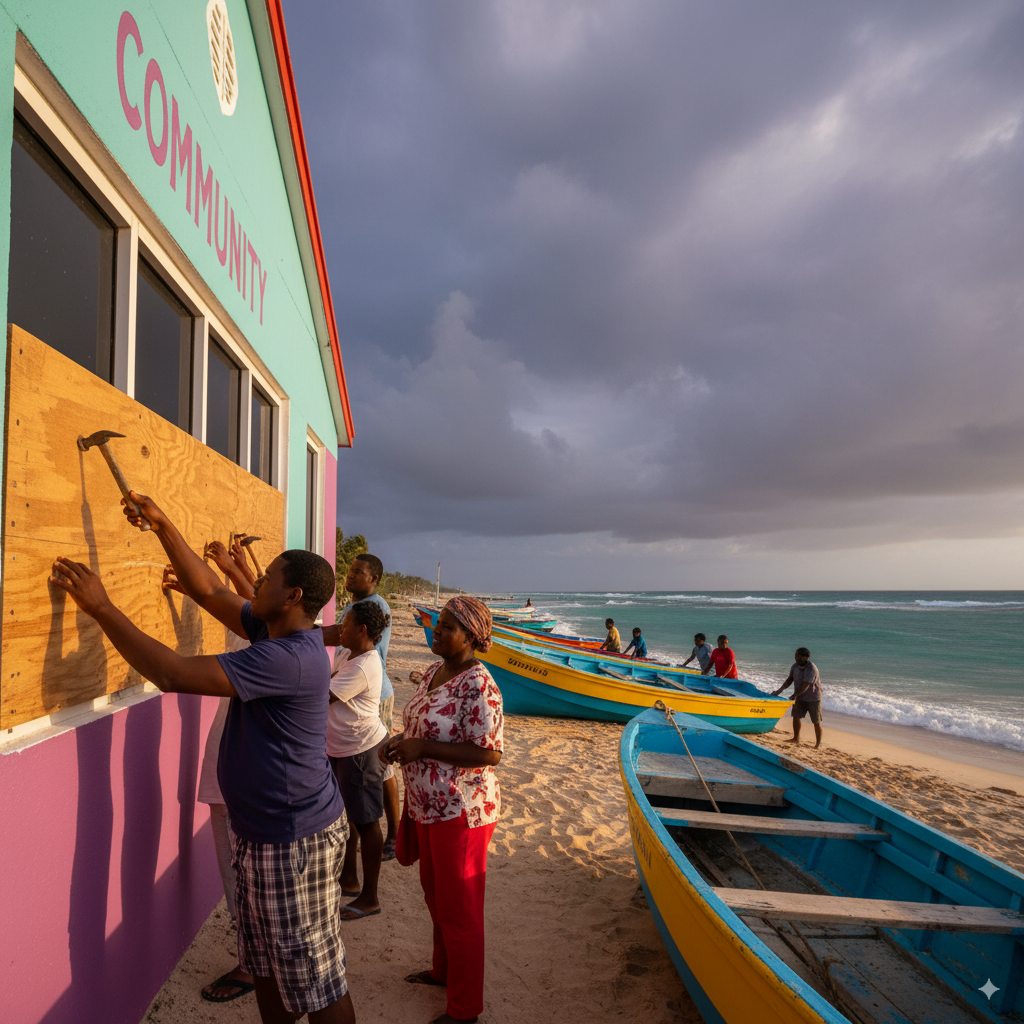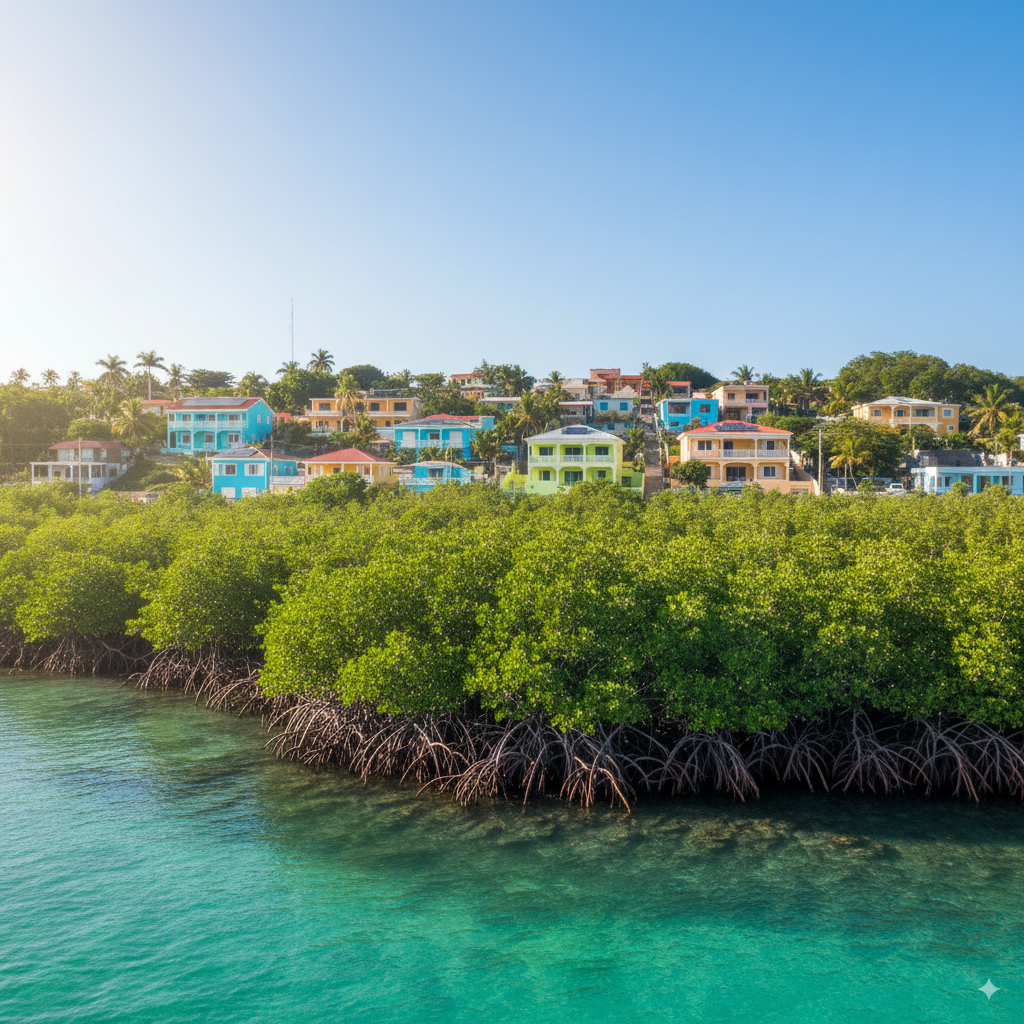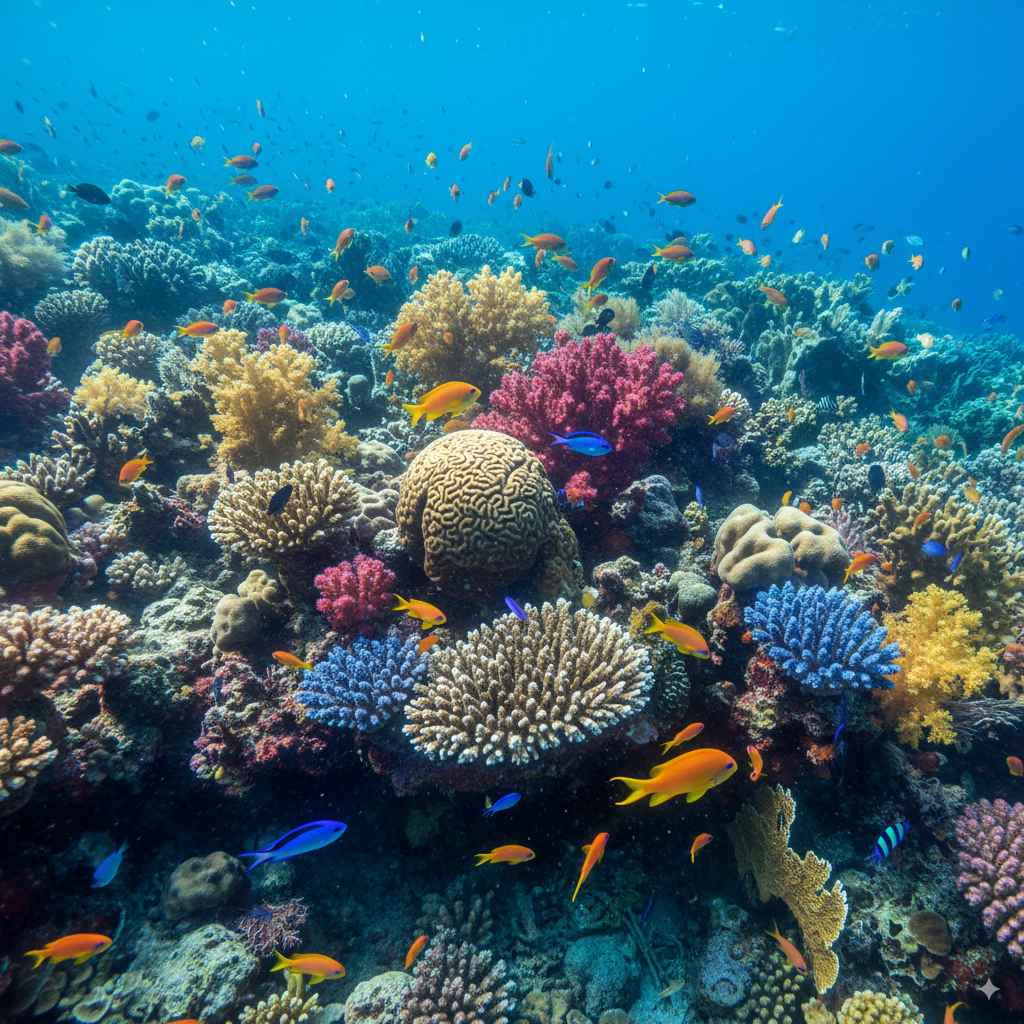More Than Storms: Understanding Resilience and Rebuilding in the Caribbean

More Than Storms: Understanding Resilience and Rebuilding in the Caribbean
Hey Wanderers! It’s Val and Chip, and today we’re diving into a topic that’s as complex as it is beautiful: navigating the Caribbean. On our latest podcast, we explored the dynamic reality of this region, especially concerning hurricane season. It’s a story of incredible beauty, significant challenges, and above all, profound resilience and innovation.
Navigating Hurricane Season: A Traveler's Guide

Let's start with the basics. The official Caribbean hurricane season runs from June 1st to November 30th, with the peak activity typically occurring from late August through early October. But does that mean the entire region is off-limits? Not at all.
Geography plays a huge role. The **ABC Islands**—Aruba, Bonaire, and Curaçao—are located far south, putting them outside the primary hurricane tracks. Historically, direct hits are rare, making them a popular choice for travelers during this period. Similarly, islands like Barbados, Grenada, Trinidad and Tobago, and St. Vincent and the Grenadines also benefit from their southern location.
Even with favorable geography, it's crucial to remember that climate change is altering storm patterns. Indirect effects like heavy rainfall and flooding can still occur, so preparedness is always key.
Surprisingly, there are upsides to traveling during this "off-peak" season. You’ll often find fewer crowds, more personal experiences at popular tours, and an incredibly lush, green landscape thanks to the increased rainfall. A rainy afternoon is a perfect excuse to explore a local rum distillery or a historical museum!
The Triple C Challenge: A Deeper Look at Vulnerability
To truly understand the Caribbean, we have to look beyond the weather report. Professor Sir Hilary Beckles identifies a "Triple C Challenge" that frames the region's modern reality: **Climate Change, Chronic Disease, and COVID-19**.
These aren't separate issues; they are deeply interconnected, with roots stretching back into the region's colonial history. The economic exploitation of the past created systemic inequalities and inadequate infrastructure, particularly housing, that makes populations more vulnerable to disasters today. This historical context is essential for understanding the immense hurdles these nations have had to overcome.
Building Back Better: A New Era of Proactive Resilience

The most inspiring story emerging from the Caribbean is the shift from simply reacting to disasters to proactively building resilience. Devastating storms like Ivan, Irma, and Maria have become catalysts for fundamental change.
- Dominica is on a mission to become the world's first climate-resilient nation, establishing a dedicated agency (CRIED) to climate-proof its infrastructure and improve disaster management.
- After Hurricane Dorian, the **Bahamas** created a new Ministry of Disaster Preparedness, Management, and Reconstruction to lead a stronger, more strategic recovery.
- Turks and Caicos** used Hurricane Ike as a wake-up call to transition from a loose, reactive framework to a robust, proactive emergency management system.
This isn't just about rebuilding what was lost; it’s about rebuilding stronger, smarter, and more sustainably for the future.
Nature, Knowledge, and Collaboration: The Tools of Resilience
How are these nations achieving this ambitious goal? It's a multi-pronged effort that combines modern science with community action.
Strengthening from the Ground Up
A major focus is on stronger building codes and better coastal planning. But codes are only effective with enforcement and local expertise. That's why investing in a new generation of local hydrologists, conservation experts, and engineers is so critical.
Harnessing the Power of Nature
Nations are increasingly turning to **Nature-Based Solutions (NBS)**. Restoring protective mangroves, wetlands, and coral reefs acts as a natural buffer against storm surge. It's about working *with* nature, not just against it.
Community-Led Preparedness

The success of Cuba's hurricane preparedness is a powerful case study. Their comprehensive, society-wide system—from meteorological institutes to local civil protection committees—is ingrained in the culture. Regular drills, proactive evacuations, and neighborhood-level organization have proven to save countless lives.
Preparing for Your Caribbean Adventure
A thoughtful journey begins with thoughtful preparation. Whether you're planning an island getaway or any other adventure, being prepared allows you to travel with confidence and respect.
- To truly connect with the local culture, learning a few phrases can make a world of difference. Rosetta Stone is a great way to get started.
- For exploring the beautiful hiking trails and nature reserves, make sure you have the right gear from Sportsman's Warehouse.
- For those relaxing beach days, a durable cooler and drinkware from YETI is a perfect companion.
- Don't forget your everyday travel essentials! Walmart is a convenient stop for everything you need before you go.
- To keep your devices charged, an SOS Solar Phone Charger is an eco-friendly must-have.
- For booking flights and unique accommodations, we recommend exploring options on Trip.com.
- Most importantly, protect your journey. We always suggest looking into a comprehensive plan from VisitorsCoverage Travel Insurance.
The Caribbean is far more than a collection of beautiful beaches; it's a region defined by a powerful human spirit of resilience. Understanding the interplay of its history, climate challenges, and innovative solutions offers a much deeper, richer perspective for any traveler. This is a story of adaptation and a forward-thinking vision for a more secure and sustainable future.
